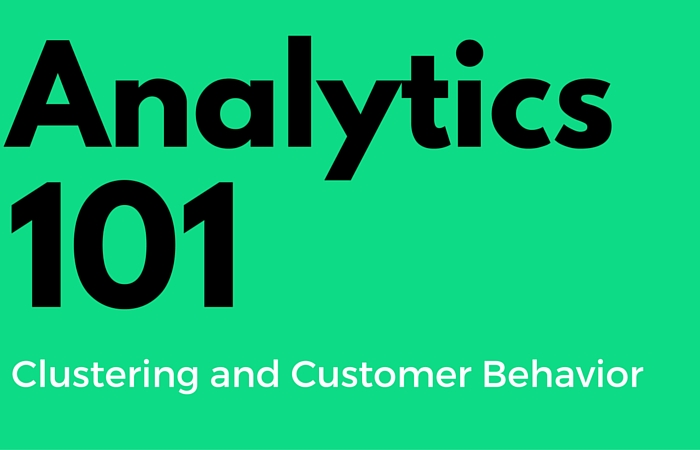Analytics 101 for the Marketer: Clustering and Customer Behavior(s)
Clustering is the task of grouping a set of objects so that objects in the same group are more similar to each other than objects in another group. Well, now that the formal definition is through, we can get down to brass tacks – just replace the term objects in the definition with “customers “ and we’ll be on our way.
Consider an e-tailer who wants to understand the age / location spread of his customers. Ideally, he would need to process age groups first into buckets and then bring in the geographic aspect of things to see something like this.
Clustering helps make the process and visualization simple and is a standardized package in most tools. There are different types of clustering like Partitioning, Hierarchical and Density based techniques though we will be focused on Partitioning techniques like C4.5 / K means methods.
This technique assumes critical importance for two reasons:
- Faceted behavioral Clustering - if you have objectivized different facets of behavior... do check out my earlier post (https://greyferret.com/blog/smart-rfm-strategizing-and-consolidating-behaviour)
- Clustering in itself lays the foundation for employing a host of other analytical methods in managing Customer Churn and Sales Uplift aka Cross & Up Sell.
Taking the previous blog’s example of first party behavior i.e. Purchase, Engagement and Browsing, think of all the marketing strategies you could drive once you understand the basic customer classification. Remember, the following example is pure segmentation, not clustering.
Let’s move this a stage up and look at a clustering model that provides an algorithmic grouping of similar customers, in this case purely Purchase Behavior. The algorithm has classified customers based on their purchase propensity, into five categories High Value, Loyal, Potential, Hibernators and Vanishers.
The best way to leverage clustering is to put together a rigorous framework to correlate multiple facets of customer behavior , thus allowing you to identify and decide your next campaign based on how your customer act and also target them with focused offers messages rather than a one-size fits many approach.

